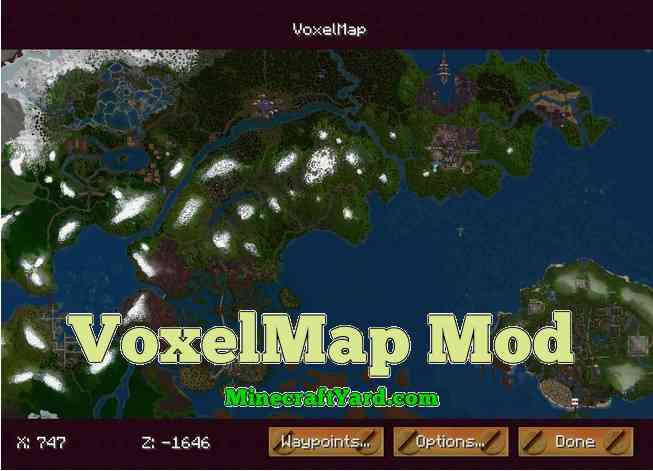

#Minecraft voxel map vs journey map series
How Do We Use Them?Ĭustomer engagement is not simply a series of interactions, or getting people to visit a website, “Like” something on FaceBook, or download a mobile app.

They can be used in both current state review and future state visioning to examine the present, highlight pain points and uncover the most significant opportunities for building a better experience for customers. They are one tool that can help organizations evolve from a transactional approach to one that focuses on long term relationships with customers built on respect, consistency and trust.Īll organizations have business goals but leveraging customer journeys as a supporting component of an experience strategy keeps customers (or members, patients, employees, students, donors etc.) at the forefront when making design decisions. Inspired by user research, no two journey maps are alike, and regardless of format they allow organizations to consider interactions from their customers’ points of view, instead of taking an inside-out approach. The story is told from the customer’s perspective, but also emphasizes the important intersections between user expectations and business requirements. Plotting out a customer’s emotional landscape by way of a Customer Journey Map, or Experience Map, along their path sheds light on key opportunities for deepening those relationships.Ī Customer Journey map is a visual or graphic interpretation of the overall story from an individual’s perspective of their relationship with an organization, service, product or brand, over time and across channels. Occasionally, a more narrative, text-based approach is needed to describe nuances and details associated with a customer experience. Every interaction a customer has with an organization has an effect on satisfaction, loyalty, and the bottom line. Many organizations function with an internal focus, and that becomes apparent when customers interact with their various products, services and employees. Despite best intentions and mountains of data, many organizations continue to offer lackluster experiences for their customers.


 0 kommentar(er)
0 kommentar(er)
